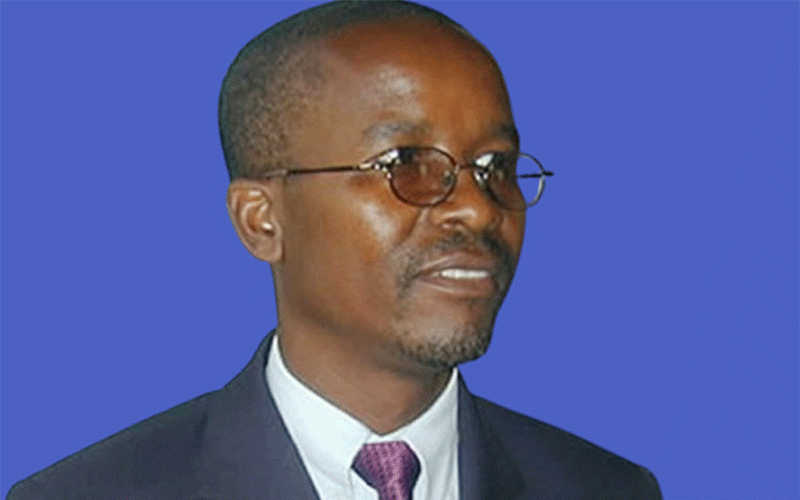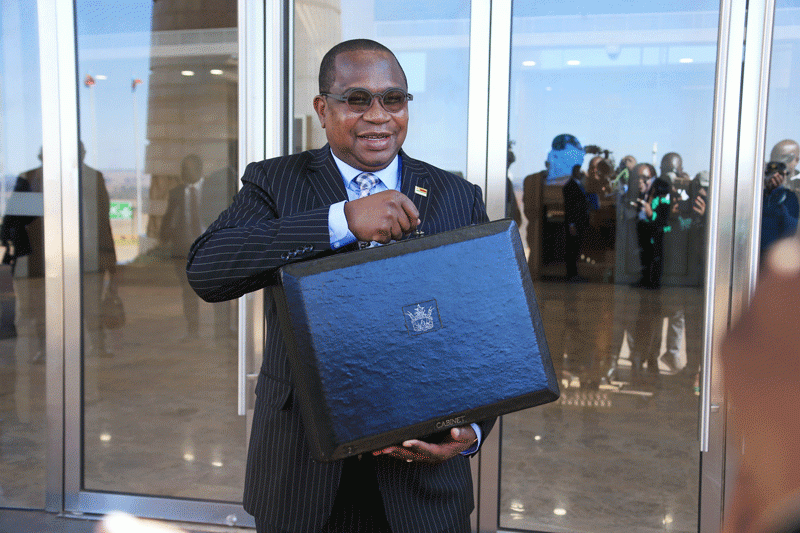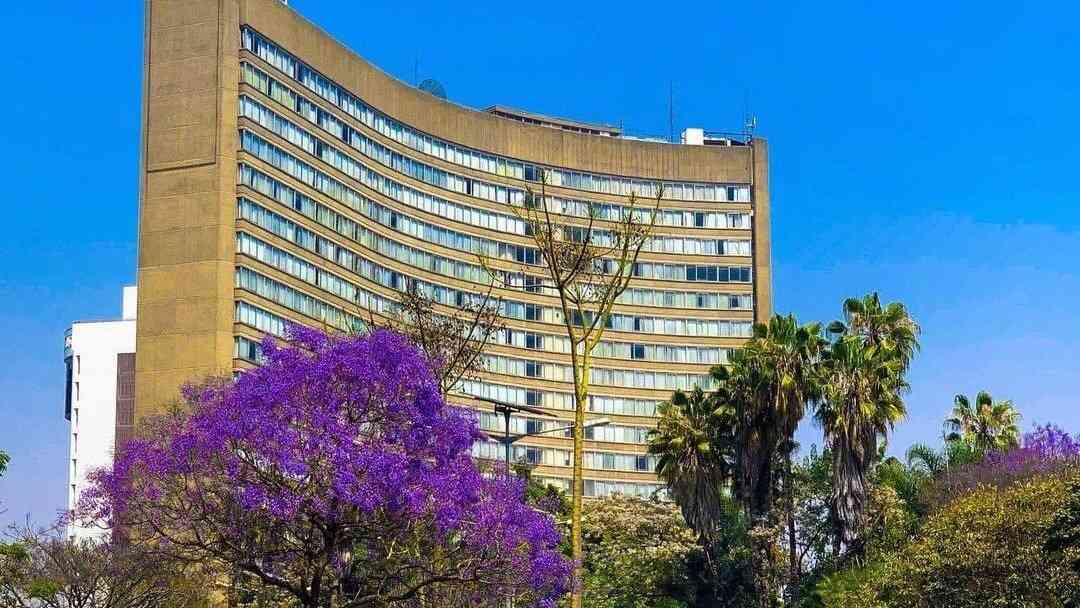STANBIC Bank Zimbabwe (SBZ) posted a 180,4% increase in profit after tax of $49,9 billion in the year ended December 31, 2022, owing to over 100% growth in non-interest and net interest income.
The rise in profit after tax is from a 2021 comparative of $17,8 billion.
In a statement attached to SBZ’s results under review, the bank’s chief executive officer, Solomon Nyanhongo said growths in the bank’s loan book and digital transactions helped boost net interest and non-interest incomes, respectively.
“The inflation adjusted net interest income grew from $27,9 billion in 2021 to $62,2 billion, largely underpinned by the growth in the average lending book from $31 billion to $160 billion as new lending assets were written combined with the acquisition of additional financial investments,” he said.
“The bank’s net fee and commission income grew by 44% from $25 billion in 2021 to $36,1 billion. This was largely driven by new customer acquisitions as well as the increase in the volumes of transactions on our digital platforms.”
Net loans and advances rose to $155, 58 billion, up 46% from a 2021 comparative of $106,55 billion. Of this amount, personal unsecure loans and corporate lending took 35,72% and 33,63%, respectively.
The growth in loans and advances saw total assets rise to $552,47 billion, up from the comparative $441,9 billion in 2021.
The overall non-interest income rose 133,44% to $84,25 billion during the period under review, from a 2021 comparative of $35,77 billion.
“The bank’s total operating expenses of $47,7 billion had grown by 57% from $30,5 billion in 2021 largely because of the impact of the continued depreciation of the Zimbabwe dollar currency against the United States dollar (US$) on foreign denominated expenses which included franchise fees, IT [information technology] licence fees, cash importation and repatriation charges, and insurance,” Nyanhongo said.
“The bank’s customer deposit base grew by 15% in real terms from $315 billion in 2021 to $363,3 billion largely reinforced by growth in our local currency deposits in line with the growth in money supply coupled with new client acquisitions and the impact of the continued weakening of the Zimdollar currency against the US dollar on our foreign currency denominated deposits.”
In terms of liquidity, the bank ended the year with a core capital position of $83,5 billion, a significant increase over the 2021 comparative of $11 billion.
SBZ chairperson Gregory Sebborn said this translated into a capital position of US$124,4 million against the regulatory local currency requirement equivalent of US$30 million.
The bank reported cash and cash equivalents of $266,62 billion, up from a 2021 comparative of $244,7 billion, owing mostly to a rise in bank notes.
This showed a modest increase in the bank’s short-term liquid assets.





